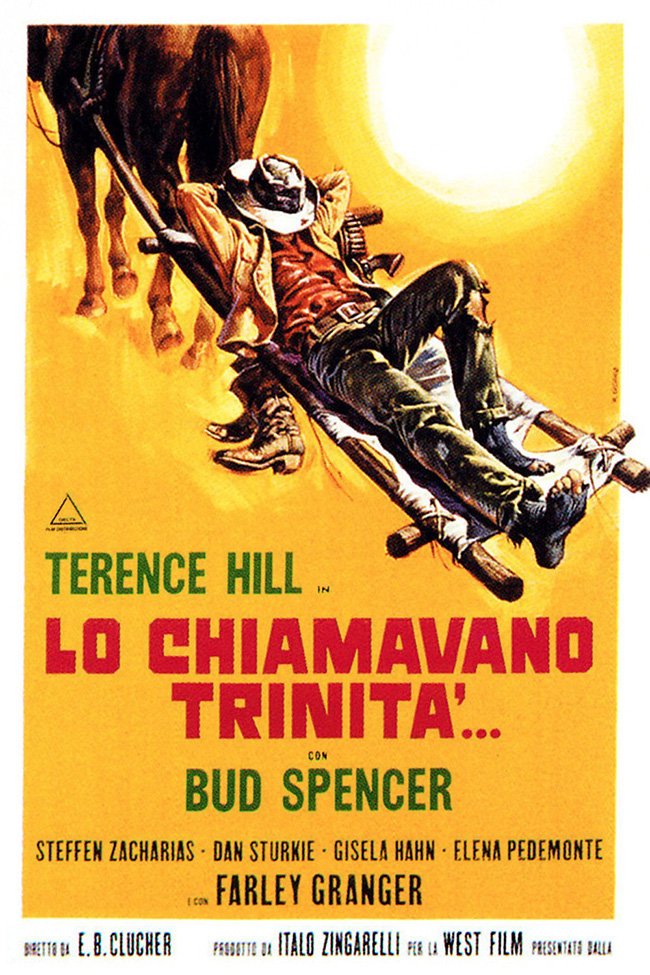Language. Emotion. Culture. Transcreation is where they intersect.
This summer, while pondering the idea of unrestricted travel during the pandemic lockdown, a German car commercial caught my attention. I joked to my husband that car ads were the only space where driving without congested roads, stressed drivers and travel bans seemed possible. To which he responded: “The Ultimate Driving Machine has come to a halt. Our environment will thank us.”
Unfortunately, the joke was lost on me. Having grown up in Germany, I had no idea that for almost 40 years, from the mid-1970s up until 2006, the Bavarian carmaker ran on a specific campaign slogan for the North American market: BMW—The Ultimate Driving Machine. In Germany, BMW’s slogan “Freude am Fahren” (the joy of driving) has not changed in more than five decades. It even celebrated its 55th anniversary this year. In America, however, the “joy of driving” did not resonate with the target audience for premium European cars. Baby Boomers longed for symbols of prosperity and status, which resulted in the decision to change the slogan altogether. Boomers loved the idea of owning The Ultimate Driving Machine, and a transcreation became a long-standing success.

Offering a successful transcreation is never easy. Not every beautifully crafted alliteration of an original slogan is transferable to other languages or markets. The reason here is two-fold. On a linguistic level, alliterations, puns or rhymes are often culturally coded and may not be transferable. The Swedish vacuum maker Electrolux, for example, advertised its vacuum’s power with the pun “Nothing sucks like Electrolux” and wondered why the grammatically correct phrase never resonated with American customers. On a marketing level, the image of the brand or the target group may be very different in a foreign market, illustrated by BMW’s need for a new slogan that exceeds translation.
Here at Blueprint as a localization specialist, I am part of a team that offers high-quality language solutions for fast-paced global markets, daily. This is a challenging but also very rewarding task. A brand or product deserves a strong message, and a slogan should encompass everything it stands for across languages and cultures. Transcreation therefore requires expert skills.
A skilled localizer needs to know when to offer translation or transcreation. Both common language service options differ quite a bit. Translation focuses on replacing words in the source language with corresponding words in the target language while generally remaining true to the original content. In contrast, transcreation is the process of adapting content from the source language to the target language while maintaining the existing tone, intent and style. It is often a complete reimagining of the content, so it better resonates with the target culture.
Unlike translation, which usually starts with the source text, transcreation starts with a creative brief. It is essential to understand the creative concept and the desired action the client hopes to trigger with the translated copy before the final language solution can be composed. Transcreation therefore requires and enables localizers to inject their own creativity and cultural knowledge to create content that resonates with new audiences.
Our clients and their audiences deserve a creative service that exceeds machine-aided translations. While there is no doubt dynamic translation memories, CAT tools (computer assisted translation software) and other forms of automation support localization experts, they won’t replace human creativity. Transcreation services require specialists who are translators and writers. Many localizers on our team who offer transcreation have fundamental knowledge about the creative process of writing. In addition to that, they are brilliant bilingual writers. This is a must in order to assess texts in a creative way, classifying the differences in language, culture and target audience behavior.

Transcreation with media influence
When challenged with the phrase “Brawl besties” as a name for a group playing a video game together against AI, Barbara Cozzari, Blueprint Localization Lead and Specialist for Italian and her team got creative. Their first idea “Amici della rissa” (friends of laughter) was too long and not effective in conveying the English wordplay and alliteration, so they decided to research and play around with some references to Italian cinema. The final transcreation “Bud e Terence” (Bud and Terence) proves to be extremely effective for the target market as it references a famous Italian Western movie duo known for their brawls. This example illustrates that successful transcreation is a combination of cultural and linguistic knowledge, the effective use of resources and technology and human creativity that allows for the timely delivery of quality language solutions.
The process of transcreation requires many value judgements along the way. As word morphology suggests, transcreation exists at the intersection of translation and creation. This intersection highlights that linguistic transfer is never pure repetition and that linguistic creation is never entirely free of, and is always bound by, linguistic patterns. The role of humans as agents of transcreation therefore becomes increasingly important. There is high value in transcreation agents for companies because their skilled linguistic judgement secures impactful and high-quality deliverables with short turnarounds.
Language: Getting creative with wordplay
Blueprint Localization Lead and Specialist for Danish Marie Halvorsen was tasked to transcreate the tagline “Every sentence is a story.” In Danish, there are different expressions for the word “sentence” depending on the meaning: a prison sentence is a “dom,” whereas a string of words is a “sætning.” That means the same word play can’t be used. Instead, Marie opted for “Alle har en fængslende historie,” which means “everyone has a captivating story.” Her choice was driven by two factors: The word “fængslende” (captivating) has the same root as the Danish word ‘fængsel’ (prison) and “fængslende historie” (captivating story) is a very common collocation.
Culture: Avoiding negative connotations
Blueprint Localization Specialist for Latin American Spanish Gabriel Uriarte Garcia ran into a challenge when translating the word “creep,” which is another word for a minion. This word has a rather strange connotation in Spanish. It means a person is either creeping on the floor like a snake or they are someone scary. Gabriel eventually came up with an alternative solution and substituted the name with “cryptid,” the technical term used to refer to unknown mythological creatures, like Bigfoot or the Loch Ness monster. This solution is effective because it sounds very similar to creep in Spanish, “críptido.”
Both these real-world examples illustrate the intricate decision making our localization experts perform daily and the value they bring to delivering high-quality transcreations.
At Blueprint, we enjoy turning challenges into quality solutions. For the localization team, that means traveling the road of creative invention that pushes the boundaries of our machine-aided, cultural and linguistic judgements at high speeds. The joy of traveling this road is what makes our jobs exciting. The only question that remains is: Are you up for the ride? The Blueprint Localization team is hiring. Consider joining our ever-growing team of creative linguists and check out the open positions on our careers page.

